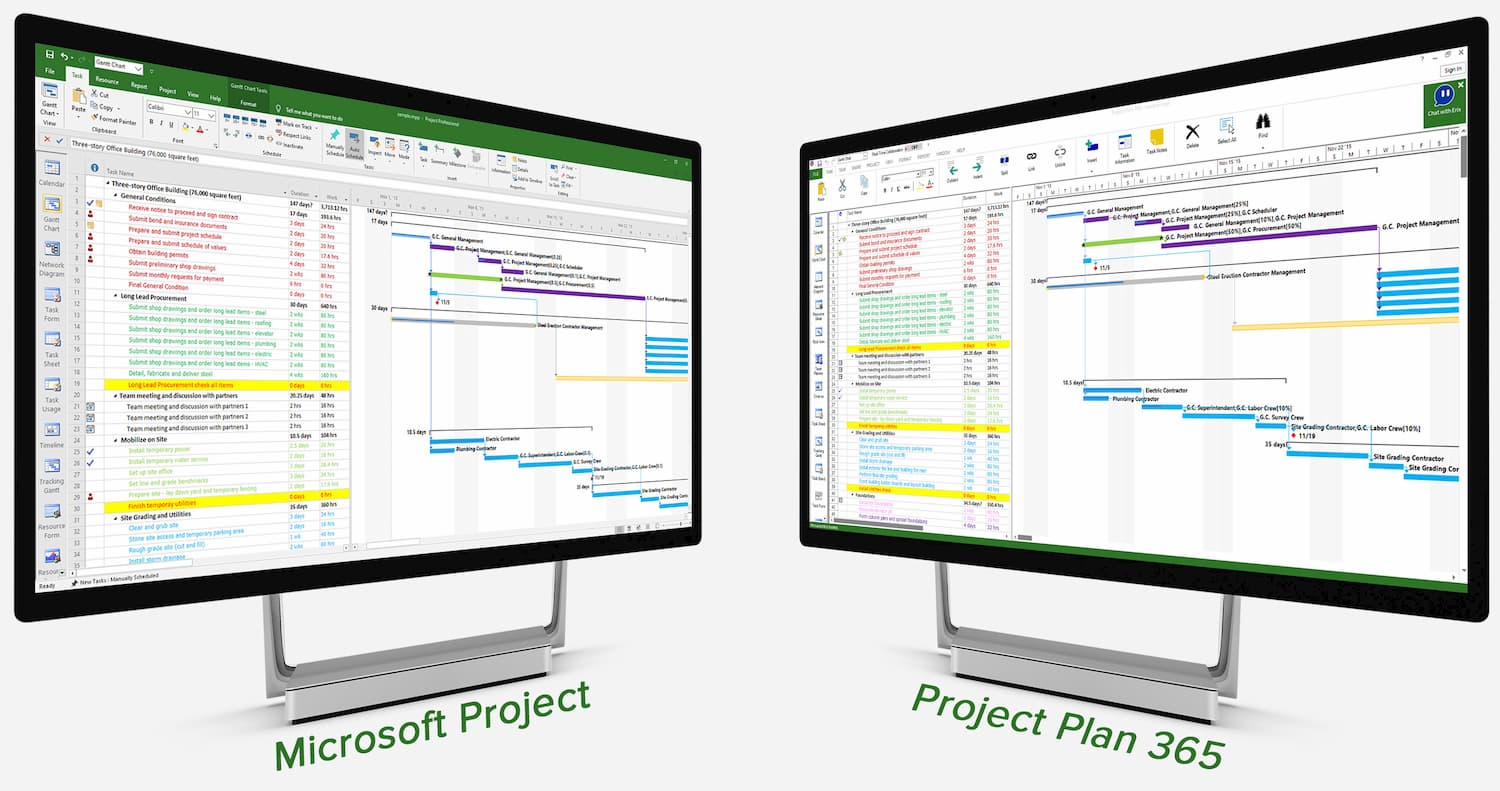

Free float: the amount of time a task can be delayed without impacting ensuing tasks.It identifies how much lee-way is available in each task so the project is completed on time and within budget. Latest finish time (LF): identifies the latest time an activity can be completed before it causes project timeline disruptions.Īlso known as ‘slack’, float identifies the amount of time a task can be delayed without disrupting ensuing tasks or the project’s overall completion.Earliest finish time (EF): identifies the earliest time a task can be completed, typically calculated by duration, from the proposed earliest start time.Latest start time (LS): identifies the latest possible time a task can be started without disrupting the project timeline.Task dependencies must first be analyzed to find this indicator. Earliest start time (ES): identifies the earliest time a task can be started.There are four key indicators in CPM that are assigned to each task:

Facilitate clearer communication so expectations can be managedīefore jumping to calculating a project’s critical path, there are some key concepts in CPM that need to be explained.Identify and mitigate project bottlenecks.Enable more effective resource management.Improve their planning accuracy and activities.Prioritize the right tasks to secure project success.Visualize different task dependencies and relationships.When properly implemented, CPM can help organizations: Any project manager knows that there are always changes in a project and different types of changes, depending on their importance and priority, can lead to catastrophic timeline delays and cost increases.


Projects are becoming increasingly complex with multitudes of tasks and activities that need to be continuously monitored and managed. Though the company shelved the approach just a year after its deployment due to management changes, CPM has become a staple in project management ever since. Their research revealed that efficiencies could be achieved by properly sequencing the tight tasks rather than simply adding more hands to the problem. Kelley Jr., it emerged out of the desire to reduce the costs of plant downtimes caused by inefficient scheduling in the Dupont chemical company. A brief history of CPMĭeveloped in the late 1950s by mathematicians Morgan R. With the help of algorithms and project management tools, a CPM tool can instantly calculate the least amount of time needed to complete each task without incurring ‘slack’, the amount of time a task can be delayed without impacting following tasks or overall project completion. This information allows managers to calculate the critical path of a project, the longest sequence of tasks that must be completed for a project to be complete, and preemptively prepare for potential changes along the way to reduce the project’s overall timeline.


 0 kommentar(er)
0 kommentar(er)
